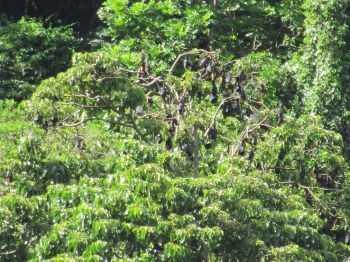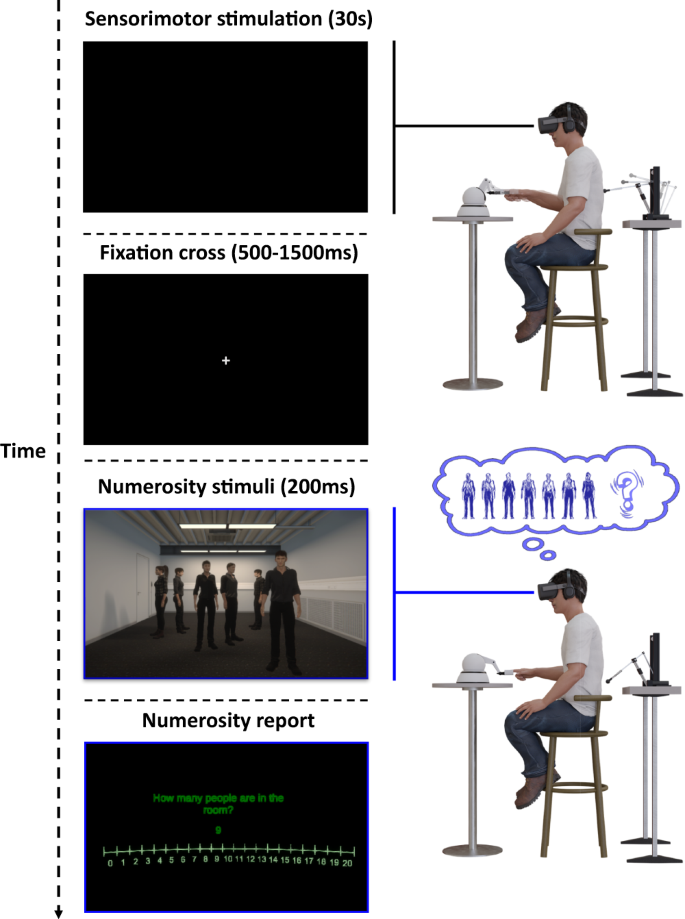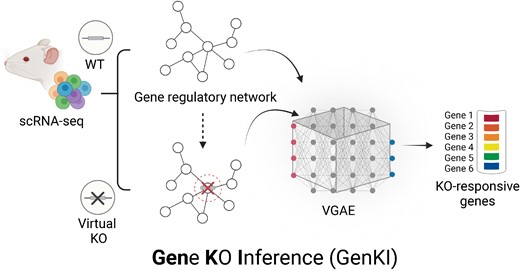2024-03-12 サセックス大学

<関連情報>
- https://www.sussex.ac.uk/research/full-news-list?id=63906
- https://conbio.onlinelibrary.wiley.com/doi/10.1111/cobi.14242
世界的なコウモリの搾取の事例を通して、種の脅威マッピングを強化するためのオンライン・データソースの可能性を探る Exploring the potential for online data sources to enhance species threat mapping through the case study of global bat exploitation
Sara Bronwen Hunter, Malik Oedin, Julie Weeds, Fiona Mathews
Conservation Biology Published: 05 March 2024
DOI:https://doi.org/10.1111/cobi.14242
Abstract
Expanding digital data sources, including social media and online news, provide a low-cost way to examine human–nature interactions, such as wildlife exploitation. However, the extent to which using such data sources can expand or bias understanding of the distribution and intensity of threats has not been comprehensively assessed. To address this gap, we quantified the geographical and temporal distribution of online sources documenting the hunting and trapping, consumption, or trade of bats (Chiroptera) and compared these with the distribution of studies obtained from a systematic literature search and species listed as threatened by exploitation on the International Union for Conservation of Nature Red List. Online records were collected using automated searches of Facebook, Twitter, Google, and Bing and were filtered using machine classification. This yielded 953 relevant social media posts and web pages, encompassing 1099 unique records of bat exploitation from 84 countries. Although the number of records per country was significantly predicted by the number of academic studies per country, online records provided additional locations and more recent records of bat exploitation, including 22 countries not present in academic literature. This demonstrates the value of online resources in providing more complete geographical representation. However, confounding variables can bias the analysis of spatiotemporal trends. Online bat exploitation records showed peaks in 2020 and 2014, after accounting for increases in internet users through time. The second of these peaks could be attributed to the COVID-19 outbreak, and speculation about the role of bats in its epidemiology, rather than to true changes in exploitation. Overall, our results showed that data from online sources provide additional knowledge on the global extent of wildlife exploitation, which could be used to identify early warnings of emerging threats and pinpoint locations for further research.


